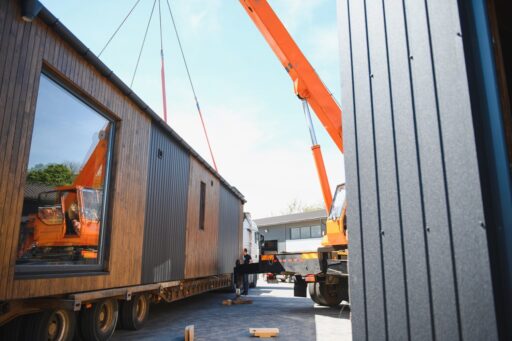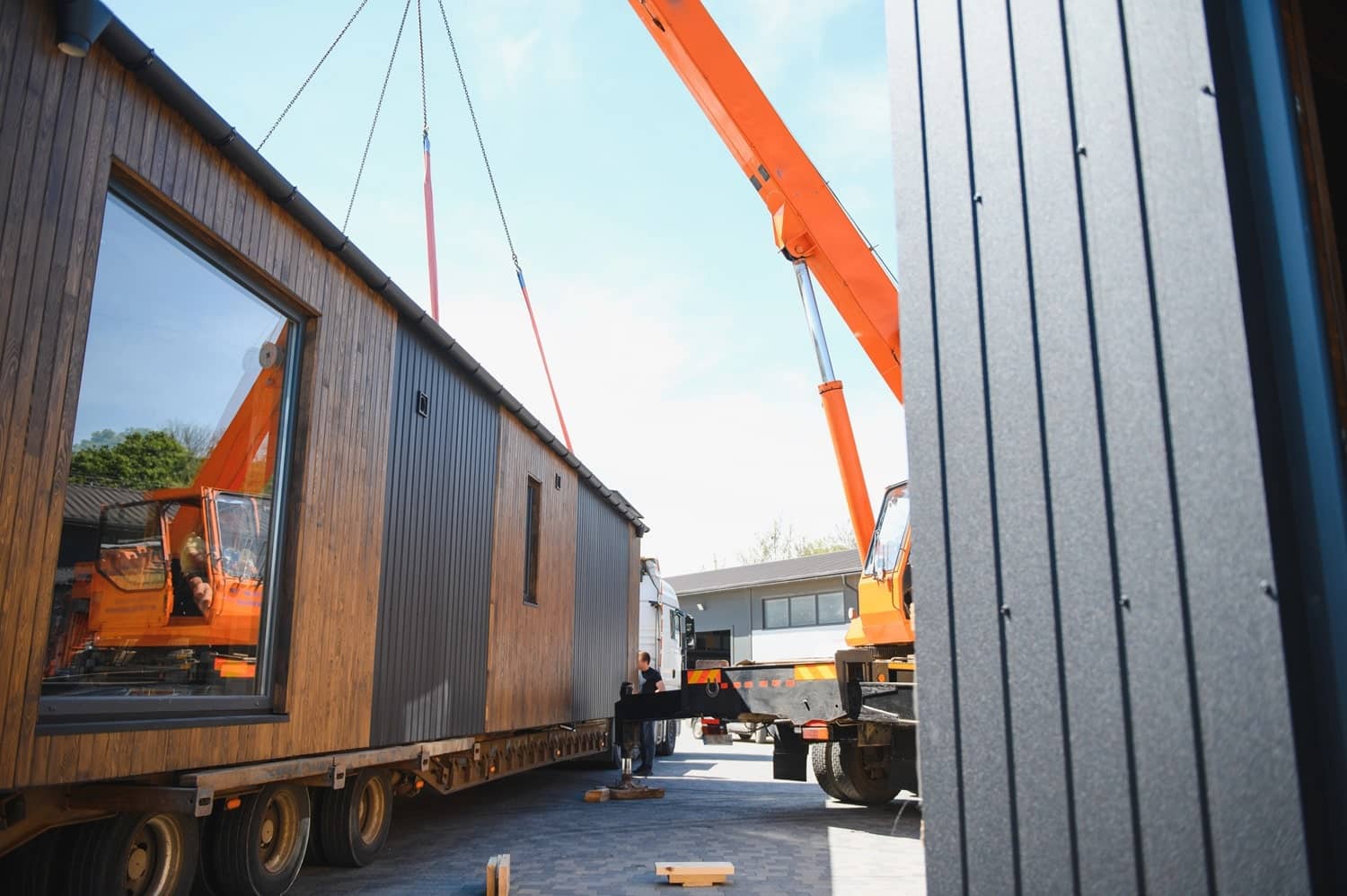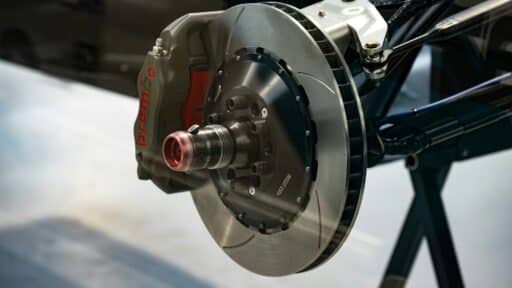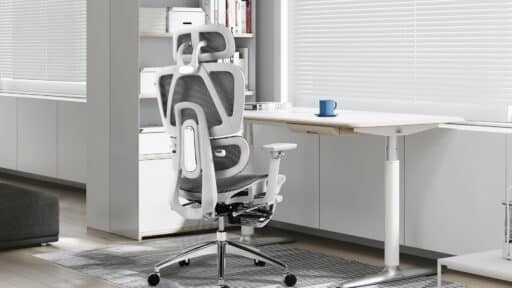Whether you’re undertaking a major home renovation, adding a new deck, or turning your backyard into a practical outdoor space, heavy lifting is often necessary. Moving beams, concrete slabs, appliances, or prefab structures requires more than just strength — it calls for smart technique, the right equipment, and a focus on safety. That’s when heavy-lifting and rigging know-how becomes essential.
In the construction and DIY world alike, rigging principles once reserved for industrial jobs are making their way into home improvement. Knowing some of these professional methods can make your biggest projects easier, faster, and safer to manage.
The Power of Proper Planning
Before lifting any heavy item off the ground, rigging experts begin with one step: a plan. The same idea applies to homeowners. Whether you’re lifting a pergola, installing large stone steps, or hoisting materials to an upper floor, taking the time to plan each move can prevent costly damage and injuries.
Start by asking yourself:
- What is the weight of the load?
- Where does it need to go, and what’s the safest route to reach there?
- What type of lifting equipment or rigging hardware is needed?
Rigging professionals perform load calculations, center of gravity assessments, and anchor point checks to ensure stability. Even for smaller residential tasks, thinking in these terms helps you maintain balance, reduce strain, and stay in control of your materials.
Using the Right Tools for the Job
You don’t need a crane in your driveway to use rigging logic, but you can achieve the same efficiency by choosing the right tools..
- Come-Alongs, hoists and trolleys: Perfect for lifting beams, heavy doors, or equipment in controlled increments.
- Slings and Straps: Distribute the load evenly when lifting uneven or fragile materials. Be sure t
- Pulleys and Winches: Reduce the force needed to move or raise heavy items — ideal for DIY decks or framing projects.
- Load Binders and Chains: Secure materials during transport or when setting structures in place.
These are smaller versions of what construction crews use daily, and many are available to homeowners at tool rental shops or hardware stores. Investing in the right equipment not only makes the job easier — it also protects your back, your materials, and your budget.
Safety Is the Strongest Skill
When it comes to heavy lifting, safety isn’t optional — it’s the foundation. Professional riggers adhere to OSHA and ASME standards that emphasize working load limits (WLL) and design factors to prevent overloading. For home projects, that translates to:
- Always know the rated capacity of your ropes, chains, or straps.
- Avoid sudden jerks or uneven lifting that can cause failure.
- Maintain a clear work zone so helpers aren’t caught under moving loads.
Even simple additions—like wearing gloves for better grip or using blocking to secure lifted items—make a significant difference. Think of safety as an integral part of the rigging system, not an afterthought.
Applying Industrial Precision to Home Projects
Rigging is all about control and balance. When you apply that mindset to DIY projects, even large or awkward materials become manageable. For example:
- When installing reclaimed beams indoors, use a chain hoist to position them accurately instead of relying on brute strength.
- For backyard renovations, employ a pulley system to lower stones or lumber into difficult-to-access areas.
- During home additions, use temporary rigging setups to safely hold loads while securing permanent supports.
These methods enable homeowners to undertake ambitious projects — like outdoor kitchens, raised decks, or tiny cabin builds — without overexertion or risk.
Why It Matters
Modern home projects are increasing in size and creativity. Prefabricated structures, shipping container builds, and modular additions all involve heavy components. Having basic rigging knowledge helps bridge the gap from concept to completion, allowing for more design freedom without worrying about logistics.
Heavy-lifting techniques don’t just move materials; they move opportunities. By learning to plan, lift, and secure like a professional, you turn what feels like a huge challenge into a smooth, step-by-step success.








